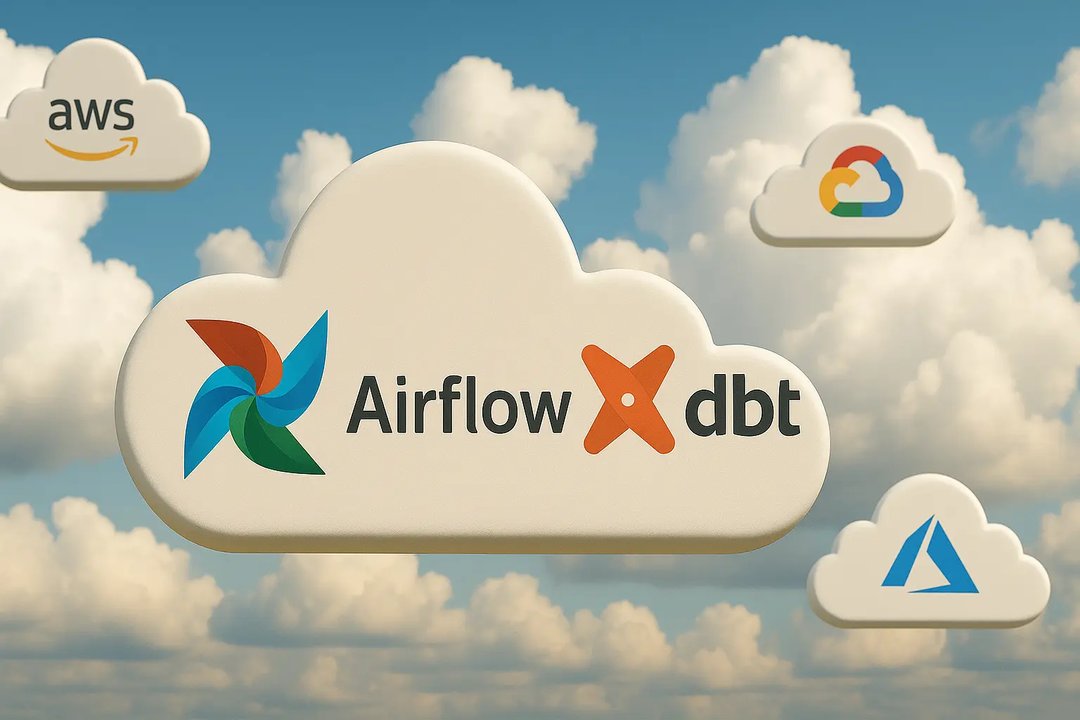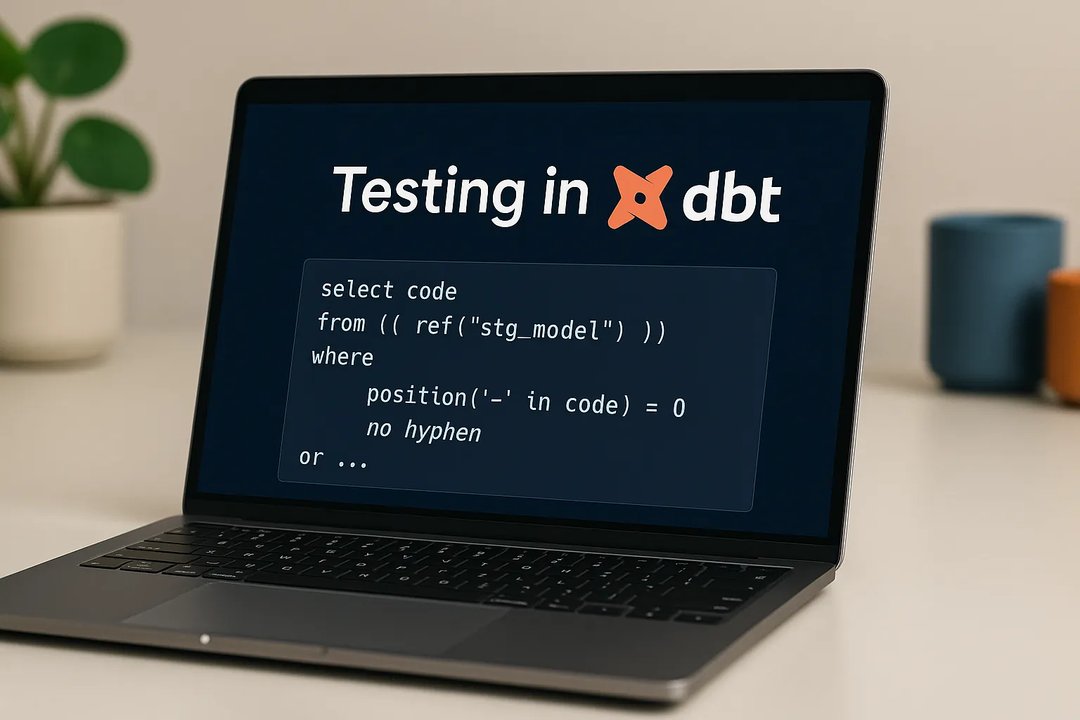
Maria Chojnowska
25 August 2023, 8 min read

What's inside
- Define Your Data Requirements
- Explore Multiple Data Sources
- Evaluate Data Quality
- Understand Legal and Ethical Considerations
- Document Your Data Sourcing Process
- Conclusion
Data sourcing is essential in any data analysis, machine learning, or data-driven decision-making project. It refers to finding, selecting, and acquiring the necessary data to use in a project. Effective data sourcing can significantly impact the quality of your analysis and the insights you derive. This comprehensive guide will explore five essential tips for effective data sourcing to help you make better-informed decisions and unlock valuable insights from your data.
Define Your Data Requirements
Before you start sourcing data, you must clearly understand your project's objectives and the type of data you need. What questions are you trying to answer? What variables might influence these answers? Answering these questions will help you identify the scope and type of data you need. Ensure you consider the relevance, accuracy, and timeliness of the data you need.
Define Your Goals and Objectives
Your data sourcing process should begin with clearly defining your goals and objectives. What problem are you trying to solve? What insights are you hoping to gain from your analysis? By clearly defining your objectives, you will better understand the data you need and can focus your efforts on finding the right data sources.
Identify Necessary Data Attributes
Once you clearly understand your project's objectives, you need to identify the data attributes relevant to your analysis. This includes information like the variables you need, the desired data format, and the time range of the data. For example, if you're analyzing the impact of weather on sales, you might need data on daily sales, weather conditions, and the location of your stores.
Establish Data Quality Criteria
Establishing criteria for data quality is crucial to ensure the reliability and accuracy of your analysis. Consider factors like completeness, consistency, and accuracy when assessing data quality. For instance, missing values or inconsistent data formatting can negatively impact your analysis and lead to incorrect conclusions.
Explore Multiple Data Sources
Don't limit yourself to a single data source. Different sources can provide different perspectives, and cross-validating your data across multiple sources can improve the accuracy of your results. Sources could include public databases, APIs, web scraping, proprietary data, surveys, or purchased datasets. The sources you choose will depend on your project's needs and the resources available to you.
Public Databases and Open Data
Public databases and open data sources are often great starting points for data sourcing. They can provide a wealth of information on various topics, such as demographics, economics, health, and the environment. Some examples of public data sources include the World Bank, the United Nations, the U.S. Census Bureau, and the European Union Open Data Portal. Always check the terms and conditions of using public data to ensure compliance with any restrictions or requirements.
APIs
Application Programming Interfaces (APIs) are another valuable data source. APIs allow you to access data from various platforms and services, such as social media networks, weather services, and financial data providers. When using APIs, ensure that you adhere to the API usage terms and conditions and respect any rate limits or restrictions imposed by the data provider.
Web Scraping
Web scraping is extracting data from websites using tools like Python's BeautifulSoup or Scrapy. Web scraping can be a powerful way to source data that is not readily available through APIs or public databases. However, web scraping can also be legally and ethically complex. Always respect website terms of service, robots.txt files, and user privacy when scraping data.
Proprietary Data and Surveys
Often, your organization may have proprietary data that can be used for your analysis. This could be data from your company's CRM system, sales data, customer data, etc. This data can be precious as it is unique to your organization and can provide insights that can't be found elsewhere.
Surveys can also be a great way to gather data, especially when you need specific information unavailable through other means. You can conduct surveys using various tools and platforms, ensuring that you design your questions carefully to elicit useful responses.
Purchased Datasets
Sometimes, the data you need might not be free. In such cases, you can consider purchasing datasets from data vendors. These vendors provide datasets across a wide range of industries and topics. However, make sure to assess the vendor's reliability and the data's quality before making a purchase.
Evaluate Data Quality
Not all data is created equal. Assessing the quality of the data you plan to use in your project is crucial. Check for issues like missing values, inconsistencies, duplicates, or outliers. Also, consider the credibility of the source. Is it reputable? How often is the data updated? A dataset full of errors or inaccuracies can lead to flawed conclusions.
Check for Missing or Incomplete Data
Missing or incomplete data can significantly impact your analysis. It's essential to check for missing values and consider how you will handle them. Will you impute the missing values or remove the entries with missing values? Each approach has its implications and should be chosen based on the nature of the data and the context of your analysis.
Look for Consistency and Accuracy
Consistency in your data is crucial for reliable analysis. Inconsistencies can occur in many forms, such as variations in how data is entered, formatted, or represented. Data accuracy is also vital - inaccurate data can lead to misleading results and incorrect conclusions.
Detect and Handle Outliers
Outliers are data points that deviate significantly from other observations. They can occur due to variability in the data or errors. Outliers can significantly skew your results and should be detected and handled appropriately. Depending on the context, you might choose to exclude outliers, or you might decide to investigate them further, as they could indicate essential phenomena.
Understand Legal and Ethical Considerations
When sourcing data, especially from online sources, it's important to understand the legal and ethical implications. Ensure you have the right to use the data, respect user privacy, and adhere to relevant data protection laws or regulations. Always attribute data to its source when required.
Respect Privacy and Consent
Privacy is a fundamental concern when dealing with data. Always ensure that the data you use have been collected with the necessary consent and that it respects the privacy of the individuals involved. If you're using personal data, consider anonymization techniques to protect privacy.
Adhere to Legal and Regulatory Requirements
There are various legal and regulatory requirements around data usage, especially around personal data. Ensure you are familiar with and adhere to laws such as GDPR or CCPA if they apply to your data. Failure to comply with these laws can result in severe penalties.
Attribute Data Correctly
Always attribute data to its source when required. This not only respects the work of the original data providers but also adds credibility to your analysis.
Document Your Data Sourcing Process
Good documentation is crucial in data sourcing. It allows others (or even future you) to understand where the data came from, how it was collected, and any transformations or cleaning performed.
Record Your Data Sources
Keeping a record of your data sources is fundamental. Not only does this provide a point of reference for future projects, but it also supports the transparency and replicability of your work. This could include the URLs of websites, the names of databases, the names and versions of APIs, and the details of any data vendors used.
Document Data Cleaning and Transformation Processes
Data must often be cleaned and transformed before being used in an analysis. This could involve handling missing values, dealing with outliers, normalizing data, or converting data into different formats. Document all these steps in detail so that the process can be understood and repeated.
Maintain Version Control
When working with data, creating different dataset versions as you clean and transform them is common. It's important to maintain version control to track these changes and to be able to revert to previous versions if needed. Tools like Git and DVC can help keep version control with data.
Conclusion
Data sourcing is a critical step in any data-driven project. By defining your data requirements clearly, exploring multiple data sources, evaluating data quality, understanding legal and ethical considerations, and documenting your data sourcing process, you can ensure that you source data effectively and maximize the value you derive from your data. While the process can be time-consuming and complex, the benefits of effective data sourcing - accurate insights, informed decision-making, and robust analyses - make it well worth the effort.
Remember, data is the lifeblood of the information age, and sourcing it effectively is the first step in extracting its value. As data continues to grow in volume and variety, mastering the art of data sourcing will be an increasingly valuable skill in data science and analytics. So, use these tips as a guide, and start sourcing!


